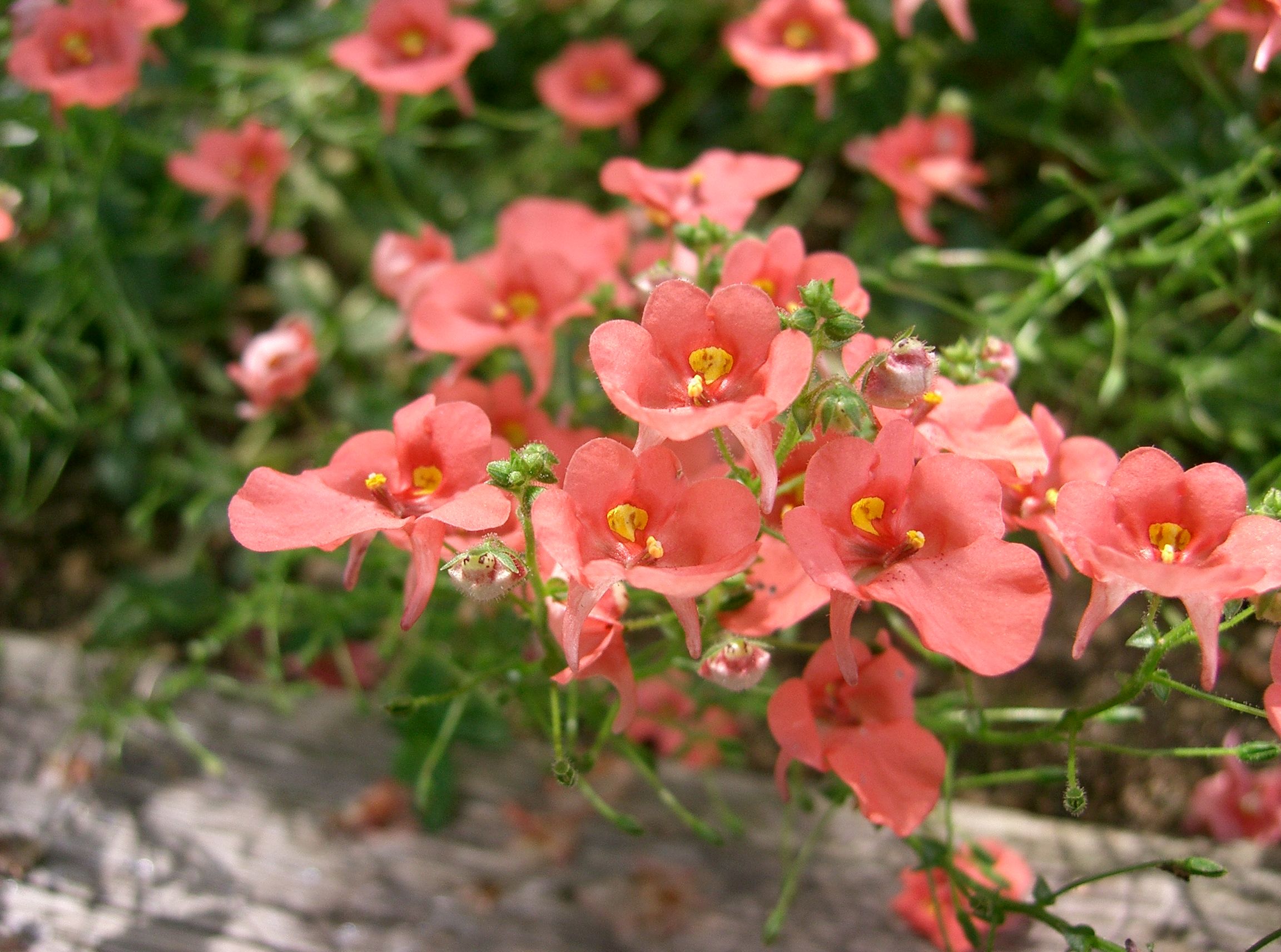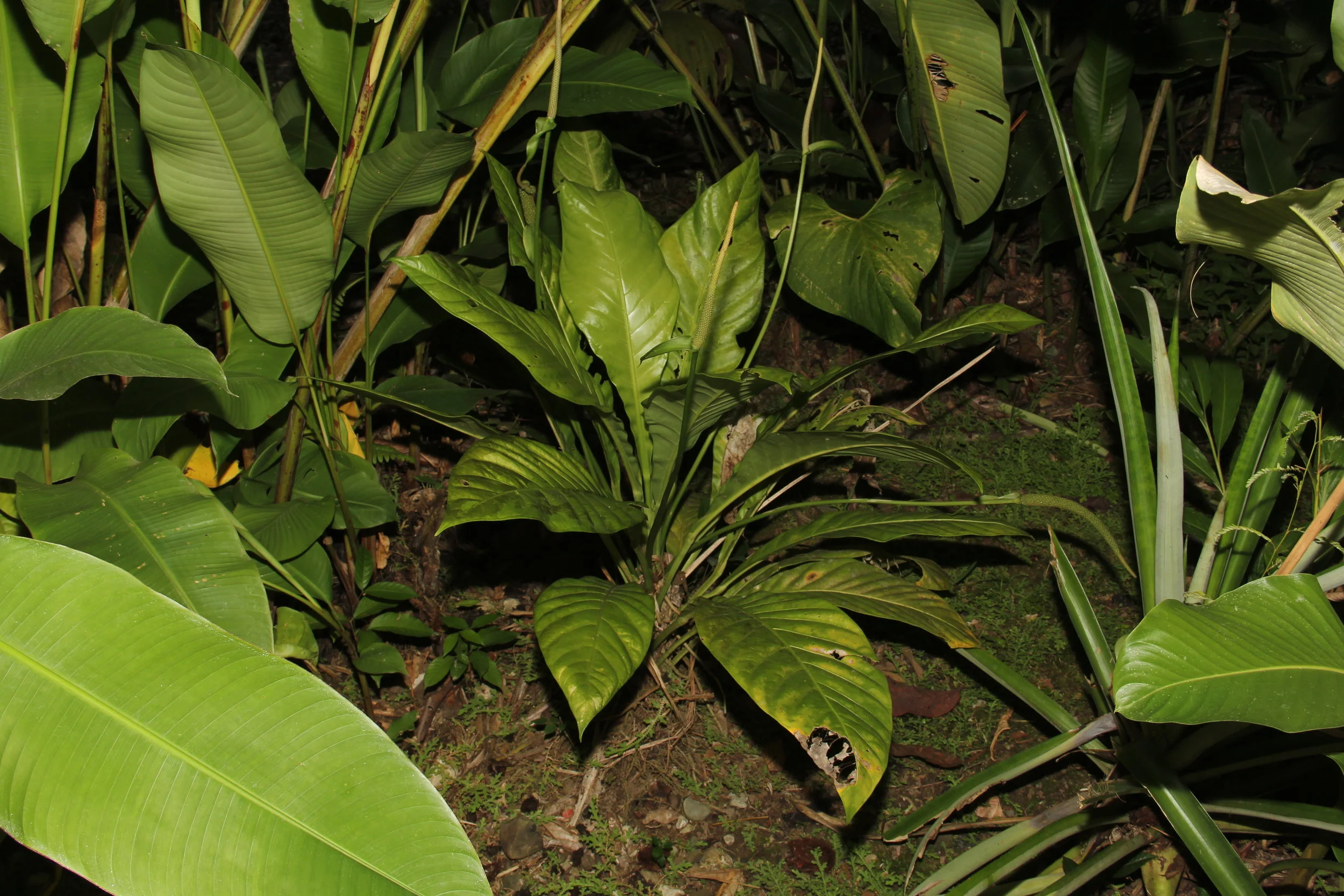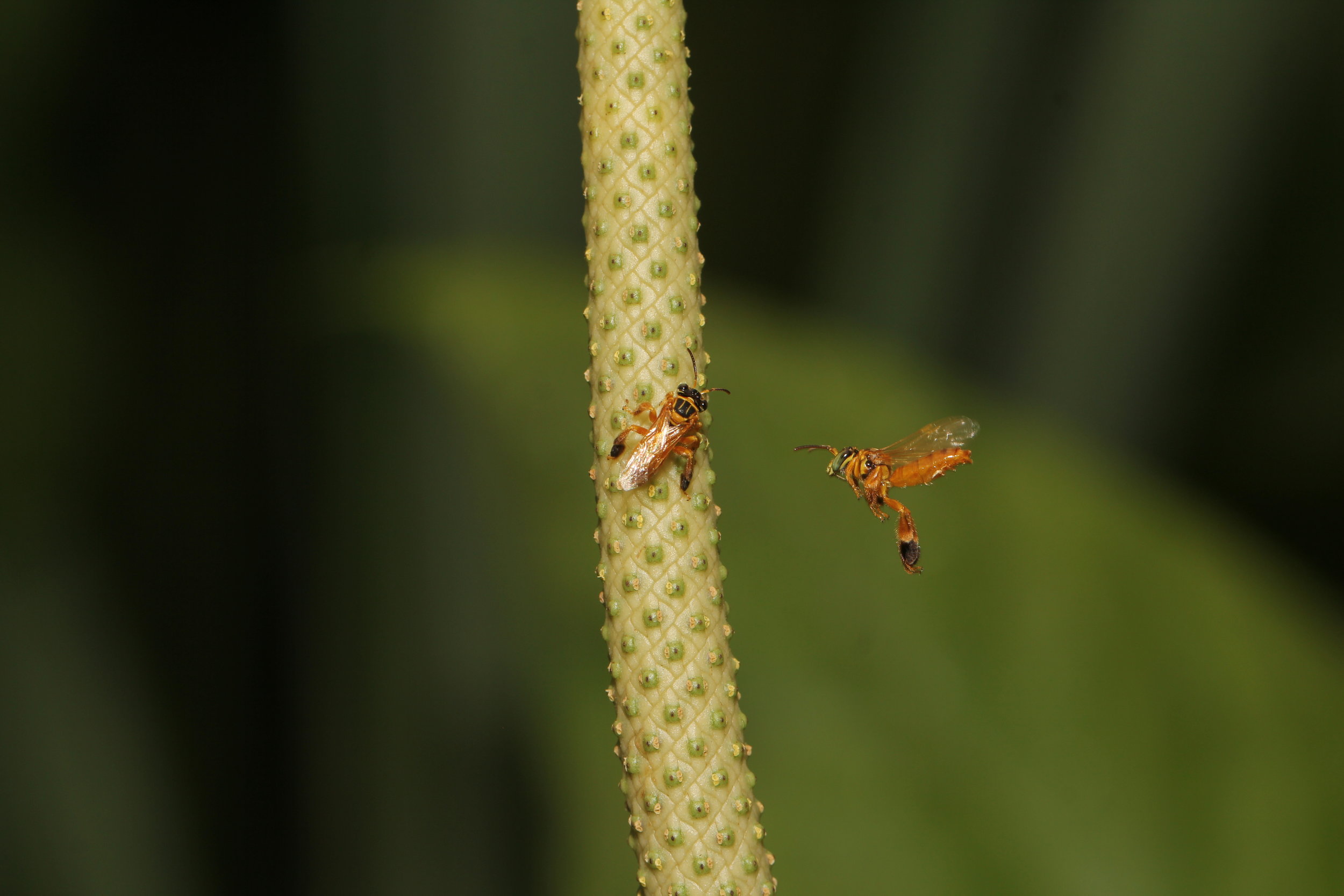© El Grafo / CC-BY-SA-3.0 (via Wikimedia Commons)
Garden centers and nurseries always have something to teach me. Though I am largely a native plant gardener, the diversity of plant life offered up for sale is always a bit mind boggling. Perusing the shelves and tables of myriad cultivars and varieties, I inevitably encounter something new and interesting to investigate. That is exactly how I came to learn about the twinspurs (Diascia spp.) and their peculiar floral morphology. Far from being simply beautiful, these herbaceous plants have evolved an interesting relationship with a small group of bees.
Diascia whiteheadii. Photo by Ragnhild&Neil Crawford licensed under CC BY-SA 2.0
The genus Diascia comprises roughly 70 species and resides in the family Scrophulariaceae. They are native to a decent chunk of southern Africa and have adapted to a range of climate conditions. Most are annuals but some have evolved a perennial habit. The reason these plants caught my eye was not the bright pinks and oranges of their petals but rather the two spurs that hang off the back of each bloom. Those spurs felt like a bit of a departure from other single-spurred flowers that I am used to so I decided to do some research. I fully expected them to be a mutation that someone had selectively bred into these plants, however, that is not the case. It turns out, those two nectar spurs are completely natural and their function in the pollination ecology of these plants is absolutely fascinating.
Diascia rigescens photo by Dinkum licensed under CC BY-SA 3.0
Not all Diascia produce dual spurs on each flower but a majority of them do. The spurs themselves can vary in length from species to species, which has everything to do with their specific pollinator. The inside of each spur is not filled with nectar as one might expect. Instead, the walls are lined with strange trichomes and that secrete an oily substance. It’s this oily substance that is the sole reward for visiting Diascia flowers.
Diascia megathura (a) inflorescenc with arrows indicating spurs and (b) cross sectioned spur showing the trichomes secreting oil (Photos: G. Gerlach).
If you find yourself looking at insects in southern Africa, you may run into a genus of bees called Rediviva whose females have oddly proportioned legs. The two front legs of Rediviva females are disproportionately long compared to the rest of their legs. They look a bit strange compared to other bees but see one in action and you will quickly understand what is going on. Rediviva bees are the sole pollinators of Diascia flowers. Attracted by the bright colors, the bees alight on the flower and begin probing those two nectar spurs with each of their long front legs.
If you look closely at each front leg, you will notice that they are covered in specialized hairs. Those hairs mop up the oily secretions from within each spur and the bee then transfers the oils to sacs on their hind legs. What is even more amazing is that each flower seems to have entered into a relationship with either a small handful or even a single species of Rediviva bee. That is why the spur lengths differ from species to species - each one caters to the front leg length of each species of Rediviva bee. It is worth noting that at least a few species of Diascia are generalists and are visited by at least a couple different bees. Still, the specificity of this relationship appears to have led to reproductive isolation among many populations of these plants, no doubt lending to the diversity of Diascia species we see today.
Diascia 'Coral Belle' Photo by KENPEI licensed under CC BY-SA 3.0
The female bees do not eat the oils they collect. Instead, they take them back to their brood chambers, feed them to their developing offspring, and use what remains to line their nests. At this point it goes without saying that if Diascia were to disappear, so too would these bees. It is incredible to think of the myriad ways that plants have tricked their pollinators into giving up most, if not all of their attention to a single type of flower. Also, I love the fact that a simple trip to a garden center unlocked a whole new world of appreciation for a group of pretty, little bedding plants. It just goes to show you that plants have so much more to offer than just their beauty.













